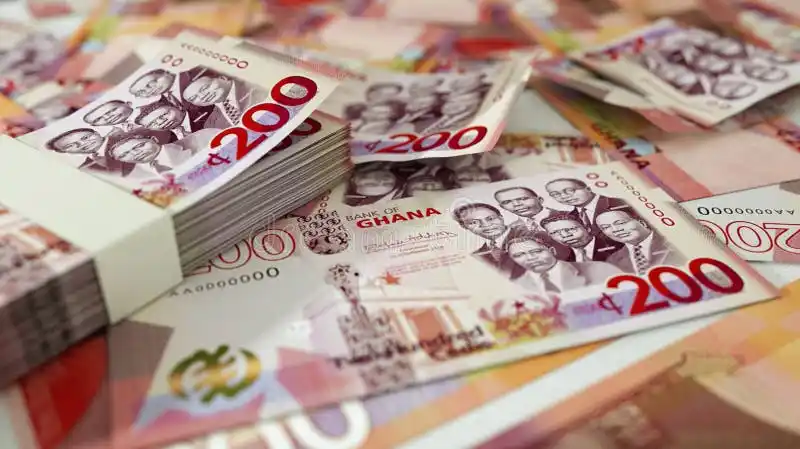Ghana Cedi on Track for First-Ever Annual Gain Against US Dollar Since Redenomination

Ghana Cedi Set for First-Ever Annual Gain Against US Dollar Since 2007 Redenomination
Ghana’s local currency, the cedi, is poised to make history by recording its first-ever annual appreciation against the United States dollar since the currency redenomination in 2007.
According to data compiled by JoyNews Research, the cedi has appreciated by approximately 36% year-to-date, a dramatic reversal from the historical trend. Between 2008 and 2024, the cedi recorded an average annual depreciation of 14.9%, often influenced by macroeconomic imbalances and external shocks.
In nearly two decades following redenomination, the cedi has never closed a calendar year stronger against the dollar. Notably, the worst annual depreciations occurred in 2014, 2022, and 2023, during periods of fiscal crisis and global economic volatility.
However, 2025 marks a turning point. The cedi’s strong performance is being driven by a mix of favorable external inflows and disciplined economic management. Key factors include robust export earnings from gold and cocoa, enhanced fiscal oversight under the IMF’s Extended Credit Facility (ECF) programme, and targeted monetary interventions.
This appreciation has had tangible macroeconomic benefits. Ghana’s debt-to-GDP ratio has dropped below 50% — a level not seen in years — and the country’s credit outlook has strengthened as a result.
Analysts credit this performance to the Bank of Ghana’s (BoG) aggressive policy stance, supported by record levels of intervention in the foreign exchange market. Since 2022, the BoG has injected over $10 billion into the FX market, with 2024 alone accounting for nearly $3 billion. Sources indicate that interventions in 2025 are expected to exceed this figure, as the central bank maintains efforts to stabilize the cedi.
Foreign exchange reserves have also been boosted by the Gold for Reserves initiative, which has so far generated around $12 billion from small-scale gold exports. Additional buffers have come from strong remittance inflows and steady cocoa earnings.
As a result, Ghana’s total export revenue is projected to hit $25 billion in 2025, marking a 30% increase year-on-year. Gold exports alone are expected to contribute more than 60% of this figure, underscoring the strategic role of natural resources in the country’s economic rebound.
The cedi has historically been a bellwether for Ghana’s economic health, influencing inflation, investor confidence, and international credit ratings. Previous IMF programmes — particularly in 2014 and 2022 — coincided with sharp declines in the currency’s value. This makes the current trend all the more significant.
Speaking during the IMF/World Bank Spring Meetings in Washington, D.C., Bank of Ghana Governor Dr. Johnson Asiama emphasized his commitment to making the central bank “agile and future-ready,” while restoring the cedi as the preferred currency for domestic transactions.
“I’ve seen this for many years. I started central banking some 30 years ago. The phenomenon [of dollarisation] has been there, and so we are tackling it to make the local currency the sole legal tender,” he stated.
Dr. Asiama acknowledged that dollarisation remains a structural challenge, weakening the effectiveness of monetary policy and undermining public trust in the cedi. Nonetheless, he expressed optimism that recent reforms will cement the gains made so far.
In a separate comment, President John Mahama noted that the real exchange rate of the cedi should be within the range of GH¢10 to GH¢12 per US dollar, adding that the government’s medium-term objective is to limit average annual depreciation to around 5%.
With international reserves approaching $11 billion, providing nearly five months of import cover, the central bank maintains that it has sufficient firepower to conduct market interventions without depleting reserves unsustainably.
If these trends continue through the end of the year, 2025 could mark a historic milestone in Ghana’s economic journey — positioning the cedi as a symbol of stability, resilience, and the effectiveness of coordinated fiscal and monetary policy reforms.


